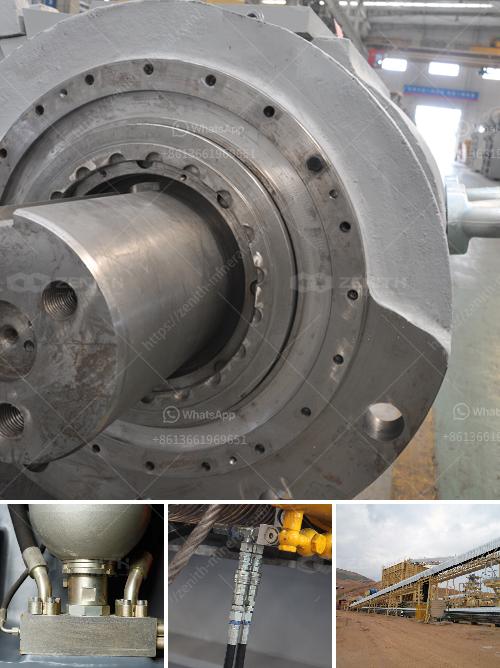Designing a conveyor belt involves several crucial steps to ensure that it meets the intended purpose effectively. Here’s a basic guide to get you started:
1. Define the Purpose and Requirements
- Material: Determine what material the conveyor belt will transport (e.g., bulk materials, boxes, chemicals).
- Load: Determine the weight, size, and shape of the items.
- Throughput: Calculate the required capacity, in terms of throughput (e.g., items per hour or tons per hour).
- Environment: Assess the operating environment (e.g., temperature, humidity, exposure to chemicals).
2. Choose the Conveyor Belt Type
- Flat Belt: For general purposes, gentle handling.
- Modular Belt: For easy cleaning and high durability.
- Cleated Belt: To prevent slippage on inclines.
- Timing Belt: For synchronized movement and positioning.
3. Determine the Conveyor Belt Size
- Width: Should be slightly wider than the material being transported.
- Length: Depends on the distance between the points of loading and unloading.
- Speed: Calculate based on the throughput requirements and the length of the conveyor.
4. Select the Frame and Structure
- Material: Common materials include steel, aluminum, and stainless steel (for sanitary applications).
- Structure: Decide if you need a simple frame or a more complex structure with adjustable height, angled sections, etc.
5. Choose the Drive Mechanism
- Motor Type: Decide between AC, DC, or servo motors based on your power source and control requirements.
- Power Transmission: Options include direct drive, chain or belt drive, and gear drive.
- Speed Control: Include a variable speed drive if different speeds are needed.
6. Design the Rollers and Pulleys
- Diameter: Ensure the rollers are appropriate for the belt type and the load.
- Alignment: Proper alignment is crucial to avoid tracking issues.
- Sealing and Bearings: Choose according to the environment and maintenance needs.
7. Select Accessories and Safety Features
- Idlers or Snub Rollers: To support the belt and maintain tension.
- Guides and Rails: To keep items on track.
- Safety Guards: To protect workers from moving parts.
- Emergency Stops: Strategically placed to ensure quick shutdowns in emergencies.
8. Carry Out Load Calculations
- Tension Calculation: Ensure that the belt can handle the load.
- Power Calculation: Ensure the motor and drive mechanism are sufficiently powerful.
9. Detailed Engineering and Prototyping
- CAD Modeling: Use CAD software to make detailed drawings and simulations.
- Prototyping: If possible, build a prototype to test and refine your design.
10. Installation and Testing
- Installation: Properly install the conveyor belt according to the design specs.
- Test Runs: Conduct thorough testing with actual materials to ensure proper operation and make necessary adjustments.
By following these steps, you can design a conveyor belt system that is efficient, reliable, and suited to its intended application. Make sure to consult with professionals, where necessary, to address specific engineering challenges.

